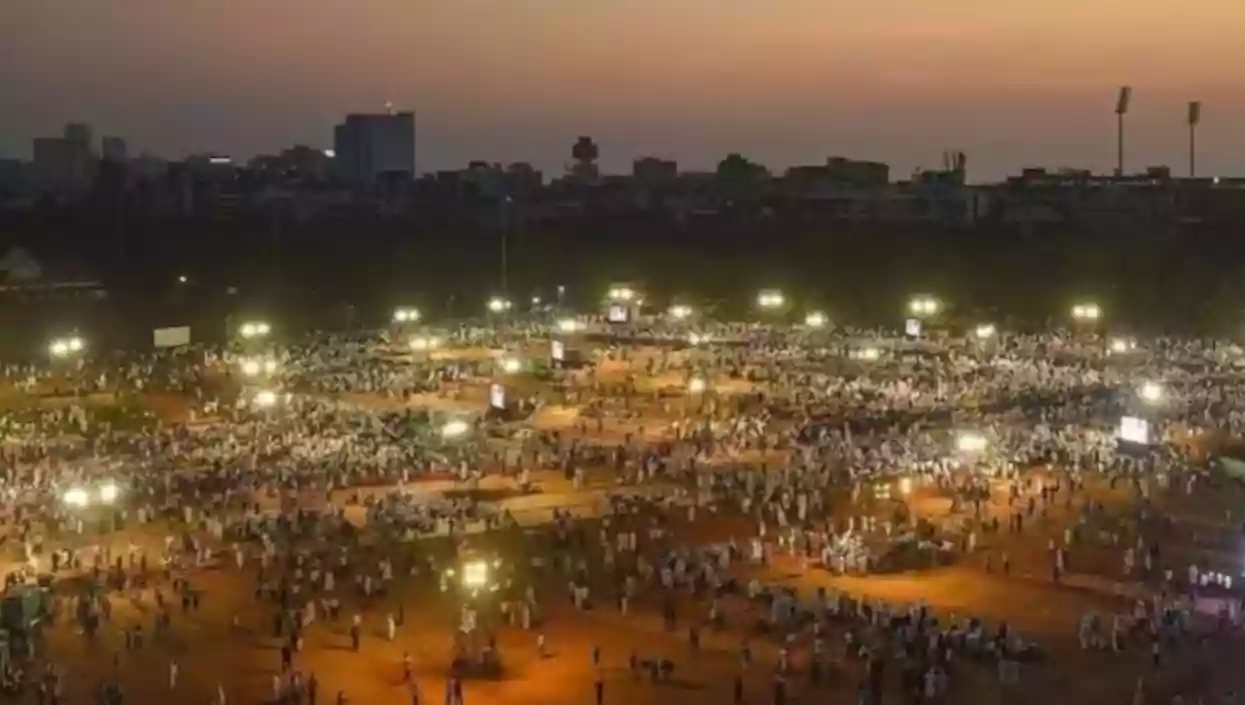.gif)
.gif)

The Maharashtra government has been directed by the Bombay High Court to officially notify a designated protest site at Mumbai’s Azad Maidan by April 2, 2025, finally resolving a 28-year-old petition against rallies near the state secretariat, Mantralaya. The court’s order comes after a prolonged legal battle initiated by the Nariman Point Churchgate Citizens Association in 1997, which objected to the frequent demonstrations disrupting the area.
The government had previously earmarked a section of Azad Maidan for protests following an interim order but had not formally notified it. During the latest hearing, Additional Government Pleader Abhay Patki informed the bench, comprising Chief Justice Alok Aradhe and Justice MS Karnik, that the rules under the Maharashtra Police Act had been finalized and the notification would be published in the state gazette within two weeks.
Submitting an affidavit, the Maharashtra government also issued an apology for the delay in implementing the decision. However, Advocate Shailesh Naidu, representing the petitioners, sought time to review the designated protest area, citing concerns over ongoing cricket practice and metro construction at Azad Maidan. He argued that without clear demarcation, further legal challenges could arise.
The court, however, refused to prolong the matter, emphasizing that the petition had been pending since 1997. Chief Justice Aradhe stated, "There is no point in keeping a petition from 1997 pending any further. If you have a problem with the notification, then challenge that." Justice Karnik also stressed that the state’s decision must now be implemented without further delay.
Azad Maidan has long been a focal point for demonstrations in Mumbai, with various political, social, and labor groups holding protests there. However, its proximity to government offices, heavy foot traffic, and multiple ongoing infrastructure projects have raised concerns over its management as a protest site.
With the new notification, authorities will enforce regulations to manage protests while ensuring minimal disruption to daily activities. The High Court’s directive marks the end of a decades-long legal battle and aims to strike a balance between public demonstrations and civic order in South Mumbai.